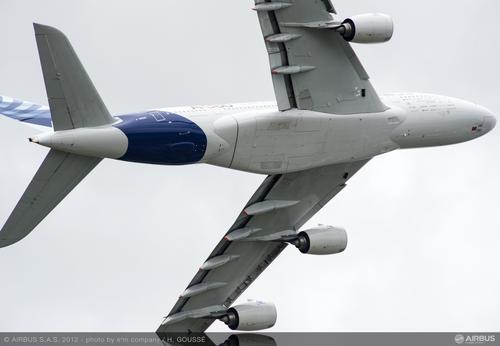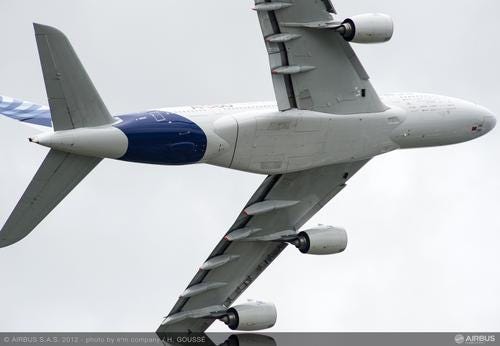Biggest, Fastest Titanium 3D Printer
October 8, 2012

A manufacturing research pact among Airbus, aerostructure manufacturer Aerosud, and the South African Council for Scientific and Industrial Research (CSIR), reportedly aims to develop the biggest, fastest 3D printer possible for making titanium aircraft and satellite components.
Airbus' entrance into the agreement is for testing the viability of components made with the process. The project, called Aeroswift, actually began earlier this year when Aerosud and the South African CSIR's National Laser Centre agreed to work together to slash the production costs of aerospace components using laser additive manufacturing (LAM), another name for selective laser sintering (SLS). It focuses on using titanium powders for the production of large, complex components.

According to a CSIR press release, at the announcement of this partnership in Johannesburg, Airbus's Dale King said the CSIR and Aerosud are the only organizations doing work on high-speed, large-volume additive laser manufacturing. "That is why we have decided to forge a partnership with them [the CSIR and Aerosud]," King is quoted as saying. "We came to South Africa for this project because we believe the country has the necessary skills and competencies in the field of LAM."
A prototype LAM system will be completed by mid 2013, and is expected to produce large, complex parts at a rate 10 times faster than traditional manufacturing methods, said Beeuwen Gerryts, chief director of South Africa's Department of Science and Technology, in a September 14 press release. The Department has been championing the development of a broad titanium industry in South Africa, from mining the raw mineral, to producing metal powder, all the way to forming components. South Africa is currently the second largest supplier of titanium ore, but does not export semi-finished or finished titanium products.
The consortium expects to conduct two years of testing, evaluation, and process development to determine whether the parts can be used in aircraft. "The signing of this collaboration agreement represents a major step in ensuring that we develop laser additive manufacturing (LAM) technologies with inputs from our industry partners to make sure that these technologies are relevant when they are commercialised," Dr. Ndumiso Cingo, manager of the National Laser Centre, is quoted as saying in the CSIR press release.
Titanium has been used for several years in the manufacturing of aircraft components, primarily via machining. Earlier this year, Dynamet Technology received a milestone qualification approval from Boeing for supplying Ti-6Al-4V alloy products created with powder metals for structural components on commercial aircraft. Dynamet's process produces PM titanium in basic shapes and near-net shape forms by combining cold consolidation of blended elemental titanium, and alloy powders with vacuum sintering.
Related posts:
About the Author(s)
You May Also Like



